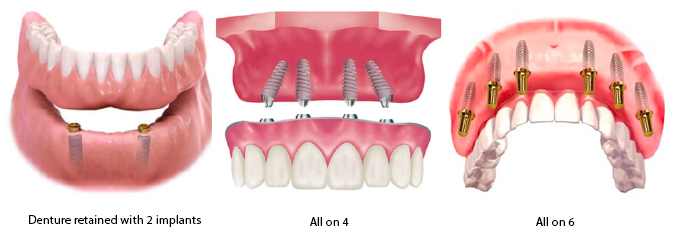
Dental full mouth rehabilitation, also known as full mouth reconstruction or full mouth restoration, is a comprehensive and customized dental treatment plan that aims to restore the health, function, and aesthetics of an individual’s entire mouth. It is typically recommended for individuals who have extensive dental problems, including multiple missing teeth, severe decay, gum disease, bite issues, and aesthetic concerns. Full mouth rehabilitation is a complex and multi-disciplinary approach that may involve various dental specialists working together to achieve the desired results. Here’s an explanation of the key components and processes involved in full mouth rehabilitation:
1. Comprehensive Evaluation:
- The first step in full mouth rehabilitation is a thorough and comprehensive evaluation by a dentist or a team of dental specialists.
- This evaluation includes a detailed examination of the teeth, gums, jaws, bite, and overall oral health.
- Diagnostic tools such as X-rays, digital scans, impressions, and photographs may be used to assess the extent of dental problems.
2. Treatment Planning:
- Based on the evaluation findings, a customized treatment plan is developed to address the patient’s specific dental issues and goals.
- The treatment plan may involve a combination of restorative, prosthetic, orthodontic, periodontal, and cosmetic procedures.
- The plan outlines the sequence of treatments, estimated duration, and associated costs.
3. Restorative Procedures:
- Restorative treatments address issues like tooth decay, cavities, damaged teeth, and missing teeth.
- Procedures may include dental fillings, root canal therapy, dental crowns, bridges, and dental implants.
- The goal is to restore the integrity and function of the individual teeth.
4. Prosthetic Solutions:
- If a patient has multiple missing teeth, prosthetic solutions like dentures, partial dentures, or dental implants may be recommended.
- Dental implants are a common choice for replacing missing teeth because they provide stability and a natural appearance.
5. Orthodontic Treatment:
- Orthodontic interventions such as braces or clear aligners may be needed to correct misaligned teeth or bite problems.
- Proper alignment is crucial for both functional and aesthetic reasons.
6. Periodontal (Gum) Treatment:
- Gum disease is a common issue that may require periodontal treatment, including scaling and root planing, gum surgery, or other therapies.
- Healthy gums are essential for a stable foundation for the teeth.
7. Cosmetic Dentistry:
- Aesthetic concerns can also be addressed in full mouth rehabilitation.
- Cosmetic procedures like teeth whitening, veneers, and dental bonding may be included to enhance the smile’s appearance.
8. Regular Follow-Up and Maintenance:
- After the completion of full mouth rehabilitation, patients need to follow a regular dental hygiene and maintenance routine.
- Regular check-ups and cleanings are essential to ensure the long-term success of the treatment.